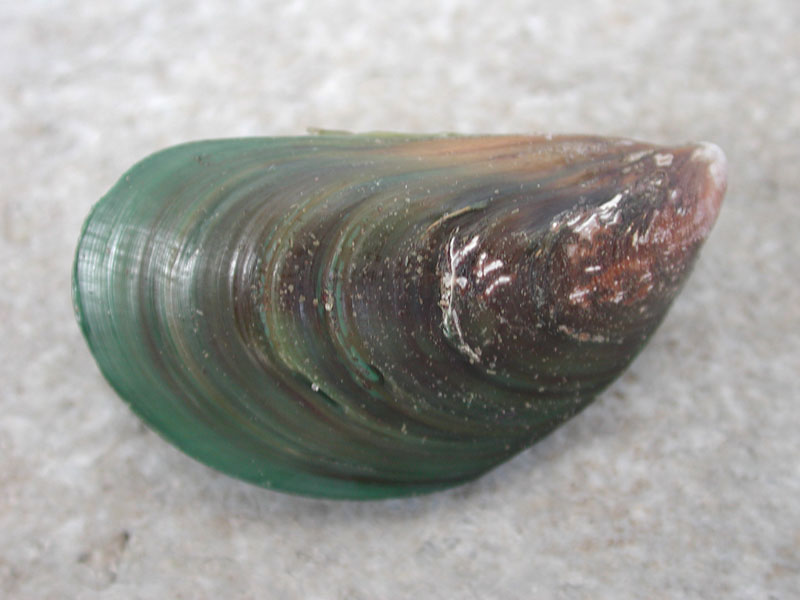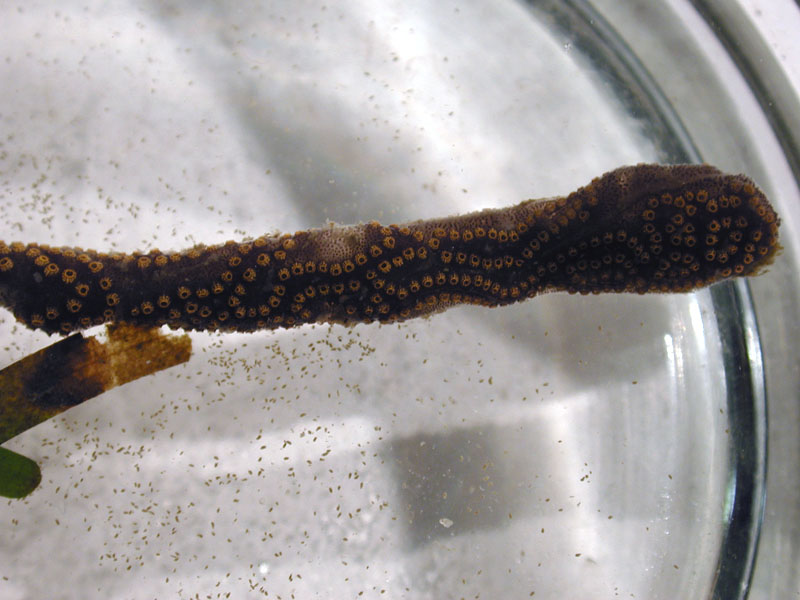Florida is home to many nonindigenous, or non-native, species. Many commercial and recreational activities in Florida facilitate the introduction of more nonindigenous species. Some of these species may have negative impacts on clam culture if they begin to reproduce and become established.
Scientists rely on the assistance of people who work in the marine environment to track the introduction and spread of invasive species like those listed below. If you see any of these organisms, please report it to the agency identified in the biological sketch of the species or to the shellfish aquaculture extension agent. Note the following information:
- Date and time of observation.
- Location as specifically as possible (this could include: city, bridge name, GPS coordinates, nearest road, park, marina or store, etc.).
- Type of structure to which the organism was attached.
- Depth of the organism below the surface of the water.
- Optional: Your name and email address and/or telephone number. 6. Keep a specimen, if possible.
CATEGORY: Clam-like
COMMON NAME: Asian Green Mussel
SPECIES: Perna viridis

CATEGORY: Blob-like
COMMON NAME: Pacific Colonial Tunicate
SPECIES: Botrylloides diegensis

Other Colonial Tunicates
In addition to the non-native species listed above, there are several other colonial tunicates (sea squirts) from different parts of the world which have drawn attention as pest species because they reproduce rapidly and foul marine habitats, shellfish aquaculture gear, and other marine structures. A study conducted in New England revealed that most sea squirts have arrived there as the result of biological invasions, likely hitching rides on the bottoms of boats coming from distant ports. Of the species most commonly found in Long Island Sound, only two are recognized as native, and some have been resident for so long that their status as native or invasive is debated. One of these invaders, the Green Colored Colonial, or Frog Egg Tunicate, which arrived in the Long Island region about two decades ago, can also be found on the west coast of Florida. Their most recent invader, nicknamed Carpet Tunicate, forms slimy mats that blanket bottom areas of Long Island Sound. This tunicate is in the same genus as the White Crust Tunicate, which fouls clam bags in the Suwannee Sound. The U.S. Geological Survey and Woods Hole Oceanographic Institution are cooperating on research with related colonial tunicate species. Clam farmers should visit their website for more information.